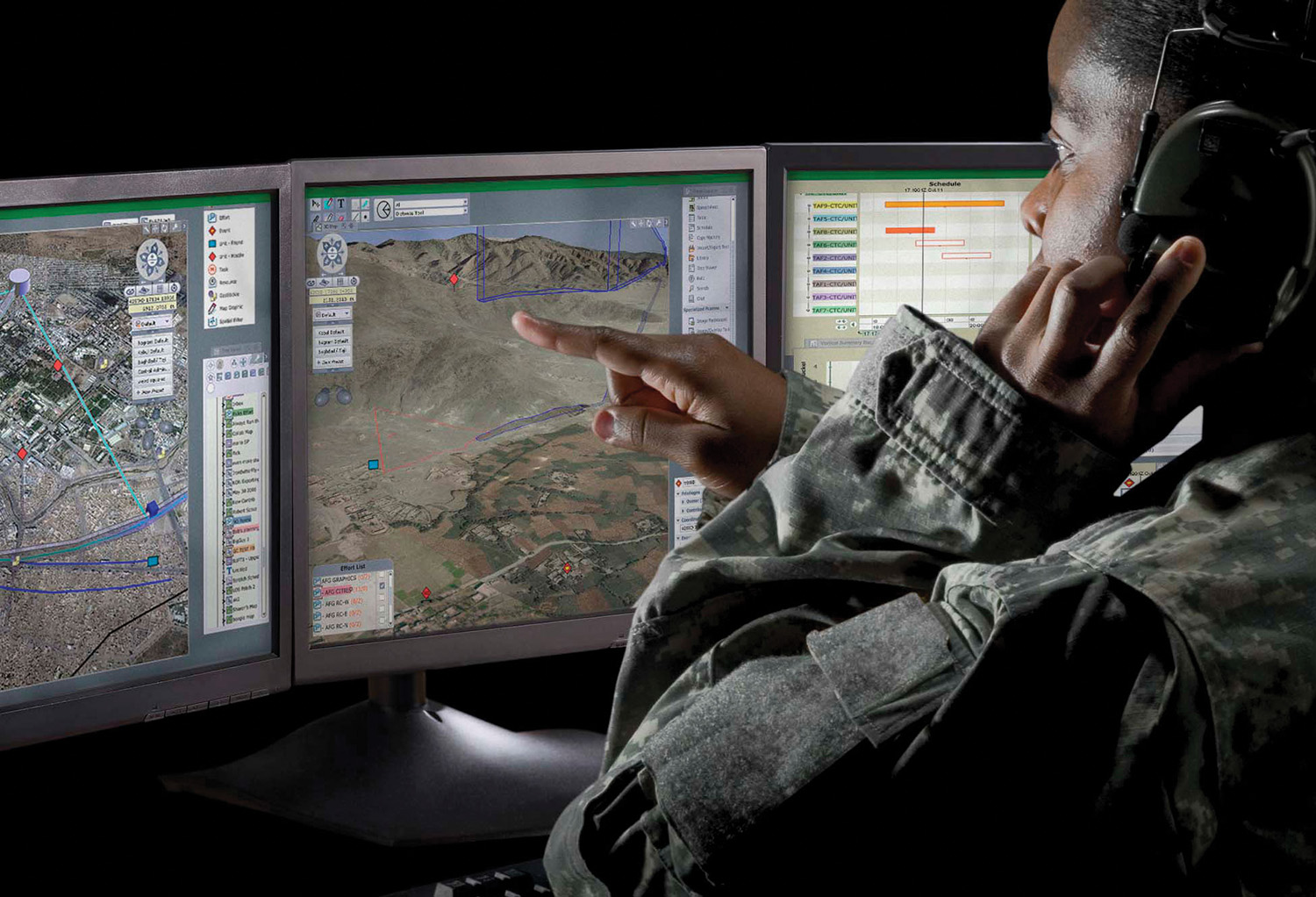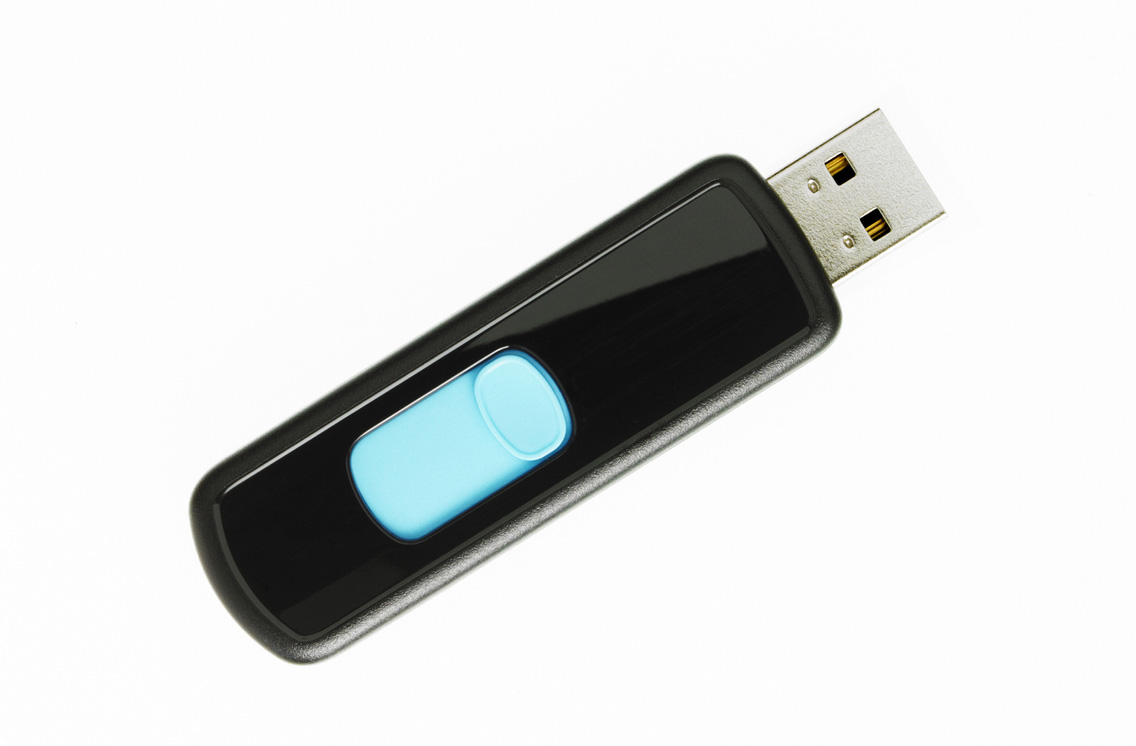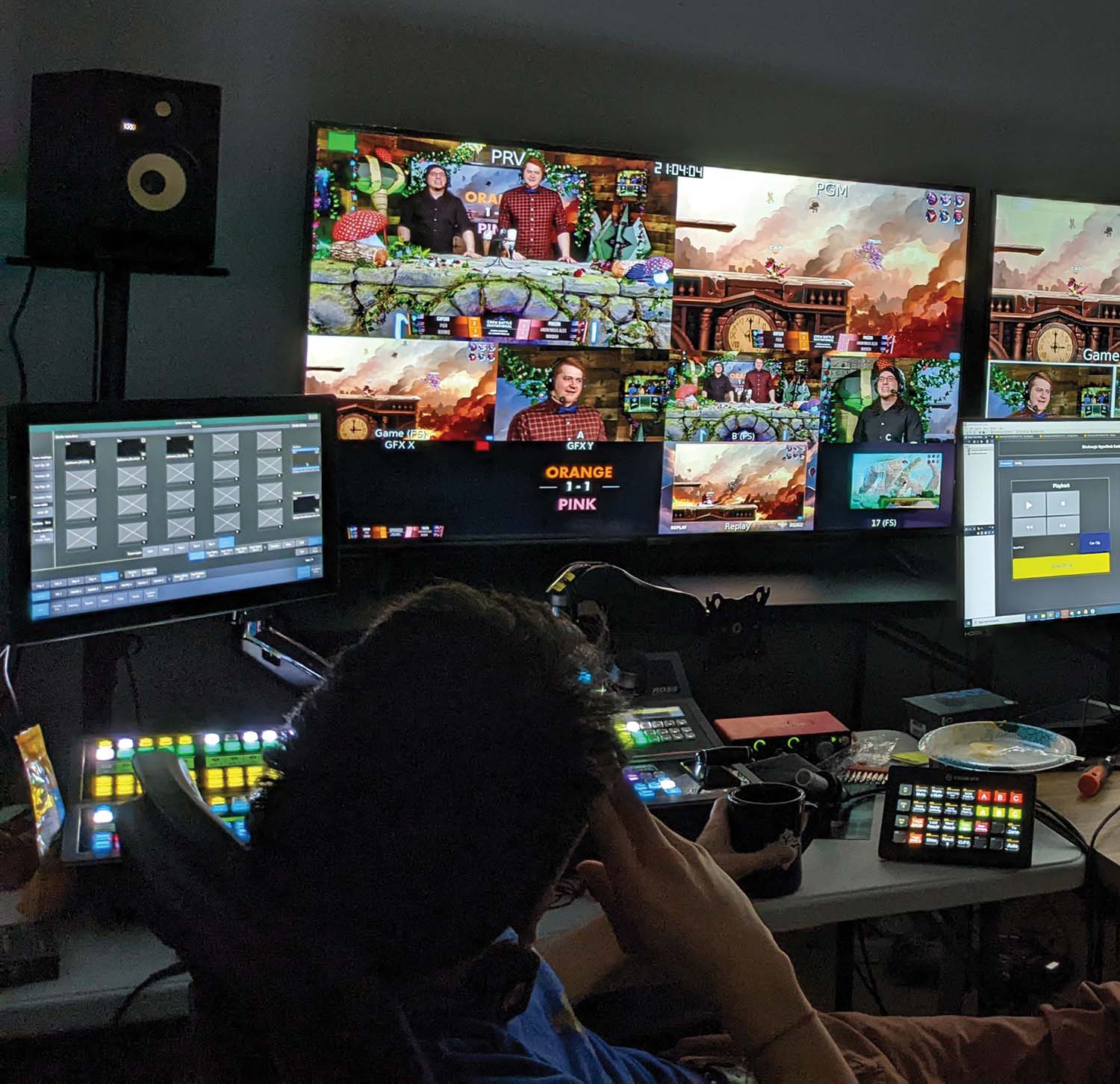
KVM (keyboard, video, mouse) switchers were originally a simple switch box that connected a few computers at the user’s workstation, allowing the user to switch between the computers via a single keyboard, video monitor, and mouse. A user could put two or more physical computers at the same desktop and switch among them using a pushbutton on a switch box, or use a special keyboard macro (hotkey) to change from one computer system to the next.
[KVM: You’re in Control Anywhere]
Over the years, technology advancements allowed efficient ways to streamline operations via a web browser interface, KVM over physical IP networks, or simple on-screen display (OSD) selections from direct-connect peripheral extender boxes. This allowed remote access to hundreds of computer systems either directly or using an IP network. KVM systems allowed universal compatibility with any operating system—such as Windows, Mac, and Linux—because it only transmitted similar USB-HID or VESA-based graphic card resolutions.

Today, a new breed of KVM switches have been designed that allow users to easily control and configure computers at the desktop that manage what is seen on the display and what can operate via the keyboard and mouse. As many IT departments are operating at downsized levels and employees are being asked to manage more equipment with fewer resources, the ability to remotely manage and maintain performance of computer equipment has become an essential part of the Pro AV business model. Not only does the end user need to manage access to computers, but they also need to manage things like USB peripherals, multi-display settings, network settings, resource sharing, and security login access.
The legacy KVM switch was designed to basically be managed by an IT department professional, but today’s KVM systems have been simplified to allow nontechnical users the ability to access information they want pushed to the display with such things as simple touchpanel interfaces or keyboard commands. The new, user-friendly KVM systems are more focused on helping with display management at the desktop than just getting computer access.
DMS Defined
Like legacy KVM systems, KVM display management systems (DMS) provide the bridge that allows users to control and switch between multiple PCs or servers via a single keyboard and mouse. They can also utilize multiple video monitors and share remote video sources from the local desktop.
The main difference is that a DMS can be configured to support multiple monitors, multiviewers, or wall processors as well as support configurable Extended Display Identification Data (EDID), add multiple layers of security, and manage resolution compatibility to maintain image consistency across different types of display connectors. The key success of any DMS is the EDID. EDID is a metadata format for display devices to describe their capabilities to a video source, such as a graphics card or STB, and is one of the most critical issues when setting up a DMS in Pro AV and broadcast facilities that have multiple computer systems to manage.
It’s hard to believe that KVM was once viewed as nothing more than a backroom access point for IT departments to fix computer connection problems from a centralized location.
For example, in most budgetary cases, facilities purchase equipment at different times and cannot ensure that every monitor or computer operates as the same resolution or within the same operating system. Many facilities have mixed HDMI and DisplayPort graphic cards—and in some cases still use VGA. DMS offers integrated EDID management to make sure dissimilar computer systems can operate seamlessly between user stations.
Currently, businesses and government organizations seek to prevent network cyberattacks by physically isolating the IP networks via private or secure network protocols. Mission-critical control systems and those that carry commercially sensitive data must be secure from external access by unauthorized agents. Any system that relies on an IP network is likely to have exposed entry points and will require extensive firewall and isolation procedures to prevent attack.

Because USB flash drives and USB storage devices are such a dominant method of storing work files for remote work, it creates a significant issue for security and network administrators when these drives are connected to a home network. For network login administrators, this requires a full 256-bit encryption and VPN access requirement. DMS switching products like those offered by IHSE include the highest level of security protocols and VPN capabilities.
There are two active trends for next-gen DMS. Primarily, there is the requirement for latency-free remote access using 4K60 and beyond computer systems. Most network systems are still at 4K30, so as facilities start a refresh build or a new greenfield setup, the demand for full 4K60 is on the bid specification. Second, many larger facilities are looking to support multi-head 4K60 displays over fiber. As many facilities allow work-at-home setups, it is important to make operations between remote or local computer access as transparent as possible.
Streamlined Data for Esports
The ability to obtain, gather, process, and distribute information effectively is key to gaining operational superiority. Many system designers have found DMS switching to be an effective means to streamline data access while maintaining an important level of security and data quality.
[The Integration Guide to Esports]
System designers moving toward UHD video are depending on standards bodies to reduce the confusion surrounding the latest 4K and 8K technologies. Emerging markets are taking advantage of DMS as well, including esports for tournament production.
Attended by thousands of spectators in large venues and watched by millions online, these live events combine two production workflows: in-venue presentation and broadcast transmission. DMS KVM extenders and switches streamline both by controlling, switching, managing, converting, and delivering video and audio signals. In the venue presentation workflow, extenders provide the interconnection between player monitors and remotely located gaming computers, offering visually lossless video and instant interactive response to deliver the level of performance players’ demand.

For observers, DMS switches allow operators to instantly choose between live and recorded content for playout on massive screens above the players’ stage. In the broadcast workflow, switches enable production teams to create programming of the highest quality throughout the event, while extenders perform the vital function of translating between computer and broadcast frame rates, ensuring that live content is transmitted and replayed in pristine quality.
Moving Forward
DMS technology will continue to play a pivotal role in both commercial and government control room applications. For both work-at-home and facility locations, systems must be designed to be interoperable with broadcast and AV standards such as SMPTE ST-2110, NDI, IPMX, and others being developed for video and data transmission over a LAN/WAN system.
Latency and 4K60 will continue to be leading issues for manufacturers to solve for their customer base as systems migrate away from traditional analog or coaxial-type systems. The Pro AV market is evolving rapidly and moving to a network-centric, cloud-based infrastructure. DMS will also evolve, and this is something that is being addressed with HFR extenders for gaming, HDR for quality image processing, and lower latency for 4K60 production studios.
It’s hard to believe that KVM was once viewed as nothing more than a backroom access point for IT departments to fix computer connection problems from a centralized location. From these humble beginnings, it evolved into an integral part of almost any workflow at the desktop.
The KVM-to-DMS concept is growing in popularity among both commercial and government organizations as an effective tool to expand accessibility of a physical computer remotely over a traditional network infrastructure. Utilizing advanced security protocols and regardless of operating systems, the DMS design allows users to easily control sources remotely while benefiting system administrators for remote maintenance, support, and failure recovery.







